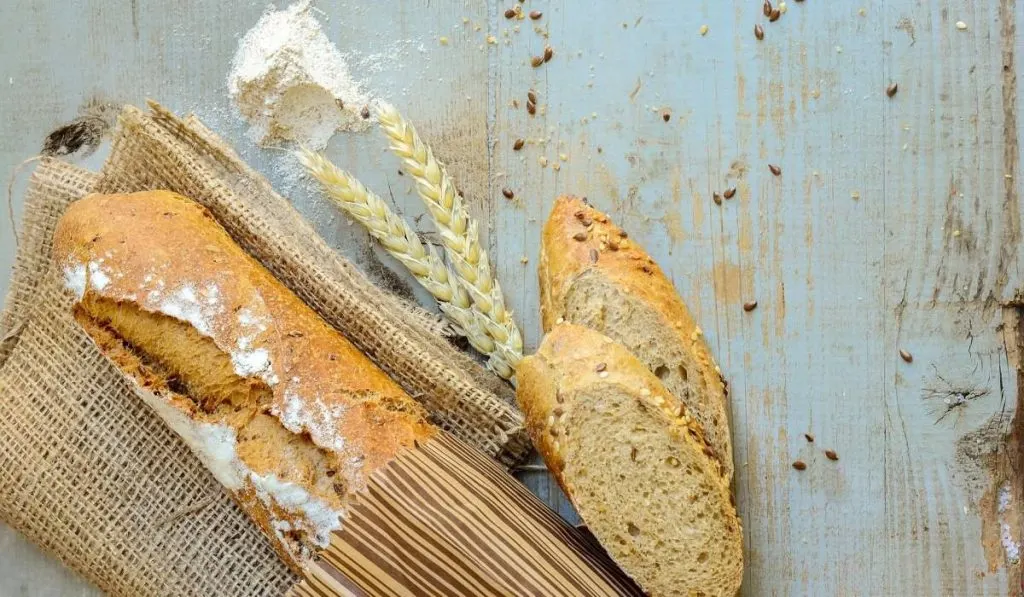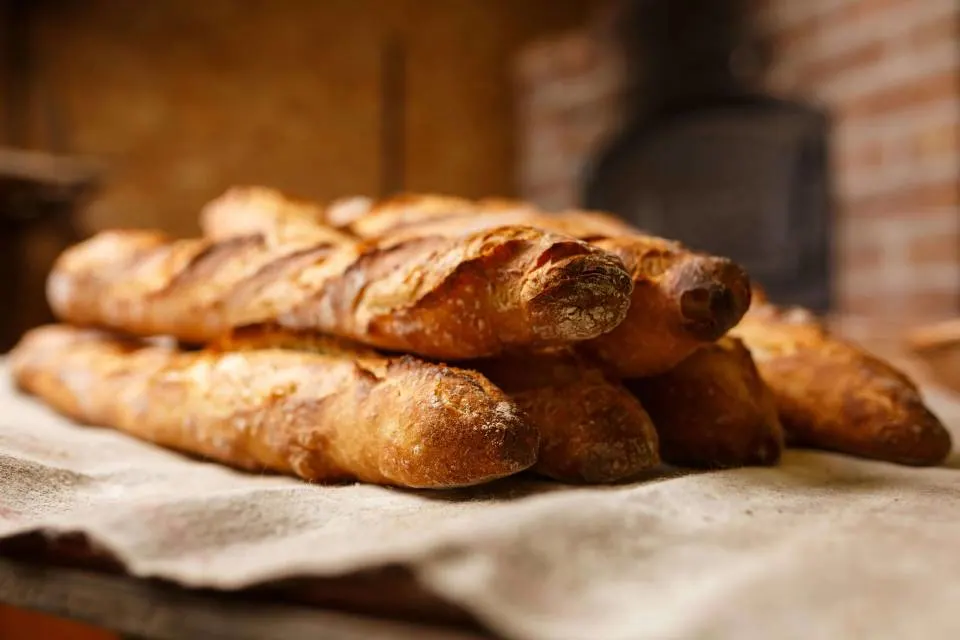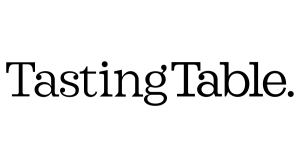
In the world of artisanal baking, French bread stands as a symbol of culinary excellence. But what happens when dietary restrictions stand in the way of enjoying this crusty delight? Enter the realm of gluten-free French bread, a game-changer for those navigating the gluten-free landscape.
TL;DR
- Accessibility: Gluten-free French bread makes this classic accessible to those with celiac disease or gluten sensitivity.
- Innovative Flours: Made with rice, tapioca, or potato flours, ensuring safety and enjoyment for everyone.
- Culinary Enjoyment: Chef Danielle Walker celebrates this bread as a testament to the joy of food, regardless of dietary restrictions.
- Growing Demand: A significant portion of gluten-free individuals still seek suitable bread options, highlighting the importance of recipes like this bread.
Embarking on the Gluten-Free Baking Journey
The quest to bake the perfect loaf of gluten-free French bread is akin to embarking on a grand culinary adventure, where the rich traditions of French baking meet the innovative world of gluten-free cuisine. This journey is not just about creating a loaf of bread; it’s about redefining what’s possible in the realm of gluten-free baking and offering a beacon of hope and delight for those with dietary restrictions.
The Gluten-Free Challenge
- Navigating Dietary Restrictions: For individuals with celiac disease or gluten sensitivity, finding bread that is both safe to eat and satisfying can feel like a daunting task. Gluten-free French bread offers a solution that doesn’t compromise on taste or texture.
- Preserving Culinary Heritage: The iconic crust and airy interior of traditional French bread present a unique challenge in gluten-free baking. The goal is to capture the essence of this beloved staple without using conventional wheat flour.
The Foundation: Alternative Flours
The cornerstone of crafting delectable gluten-free French bread lies in the strategic selection and utilization of alternative flours.
Rice Flour: The Structural Backbone
- Neutral Palette: Rice flour is prized for its mild flavor, ensuring that the bread’s taste remains pure and unadulterated, allowing the subtle nuances of other ingredients to shine through.
- Light Texture: Unlike some gluten-free flours that can weigh down baked goods, rice flour maintains a lightness, providing the necessary structure to the bread without compromising its airy quality.
Tapioca Flour: The Secret to Elasticity
- Chewy Consistency: Tapioca flour is the magic ingredient that imparts a delightful chewiness to the bread, closely mimicking the texture of traditional French bread.
- Binding Agent: Its binding properties help hold the dough together, ensuring that the bread doesn’t crumble apart, making each slice satisfyingly cohesive.
Potato Starch: The Moisture Maestro
- Moisture Retention: Potato starch has an exceptional ability to retain water, which is crucial in gluten-free baking to prevent the bread from drying out.
- Airy Crumb: It contributes to the creation of a soft, airy crumb, ensuring that the bread’s interior is as inviting as its crusty exterior.
Together, these alternative flours form a triumvirate of taste and texture, providing a gluten-free solution that doesn’t just mimic traditional French bread but redefines it. They ensure that the bread is a culinary delight that all can enjoy. This approach to gluten-free baking celebrates diversity and inclusivity, making the simple act of sharing bread a universal pleasure once again.

Perfecting the Loaf: Texture and Taste
The journey to crafting the quintessential gluten-free French bread is a delicate dance of blending, hydration, fermentation, and baking techniques, each step meticulously designed to achieve the perfect loaf.
Crafting the Ideal Blend
- Harmony of Flours: The foundation of exceptional gluten-free French bread lies in the strategic combination of alternative flours. This blend is not random but a carefully considered mix where each flour contributes its strengths—be it for structure, texture, or flavor—creating a symphony of ingredients that closely replicates the beloved qualities of traditional French bread.
- Customization: Beyond the science of blending is the art of personalization. Bakers have the freedom to adjust the flour ratios to suit their taste preferences or accommodate specific dietary restrictions, making each loaf a bespoke creation that caters to individual needs and desires.
Hydration and Handling
- Moisture Balance: The quest for the perfect dough consistency is a balancing act of hydration. Gluten-free flours are known for their thirstiness, absorbing more liquid than their wheat counterparts. Finding that sweet spot where the dough is sufficiently hydrated for optimal rise and texture, yet firm enough to shape, is key to gluten-free bread baking success.
- Gentle Mixing: The mixing process is where the dough’s fate is often decided. Overzealous mixing can overwork the dough, leading to a compact, heavy loaf. Instead, a gentle touch is required, folding and blending the ingredients just enough to integrate them fully while preserving the dough’s inherent lightness.
Fermentation and Flavor
- Extended Proofing: The magic of fermentation is not to be rushed. Allowing the dough to proof for an extended period does more than just leaven the bread; it deepens and enriches the flavor, transforming simple ingredients into a loaf with a complex, nuanced taste profile that’s both satisfying and memorable.
- Optimal Conditions: The environment in which the dough proofs can greatly influence the final outcome. A warm, draft-free space encourages steady, even fermentation, leading to a beautifully risen loaf with a well-developed flavor that’s reminiscent of artisanal bakery bread.
The Final Touch: A Crispy Crust
- High Heat: The secret to that coveted crispy crust lies in the oven’s heat. A high temperature is crucial, simulating the intense, direct heat of a professional baker’s oven, which crisps and colors the exterior to perfection, creating a crust that’s as pleasing to the ear as it is to the palate.
- Steam Technique: The introduction of steam at the beginning of the baking process is a professional baker’s trick that home bakers can emulate. This steam helps to form a glossy, crackled crust, adding not only to the bread’s aesthetic appeal but also enhancing the textural contrast between the crust and the soft interior.
This detailed process of mixing, moistening, fermenting, and baking elevates gluten-free French bread beyond just an alternative. Each loaf, with its soft inside and crunchy outside, showcases the baker’s expertise and the potential of gluten-free baking.
Beyond Bread: A Symbol of Inclusivity
Gluten-free French bread transcends its role as a dietary alternative, becoming a symbol of culinary inclusivity and joy. It allows everyone, regardless of dietary restrictions, to enjoy the simple, communal act of sharing a loaf of bread.
- Culinary Enjoyment for All: Renowned chefs and advocates for gluten-free cooking, like Danielle Walker, emphasize that delicious, gluten-free options like this bread ensure that dietary restrictions don’t limit the pleasure derived from food.
- A Renaissance in Baking: The popularity of gluten-free French bread is part of a larger movement towards more diverse and innovative baking practices, celebrating the creativity and resilience of bakers who strive to make delicious, accessible food for all.
In making gluten-free French bread, bakers navigate gluten-free baking’s hurdles and enhance culinary inclusivity. This bread symbolizes the fusion of tradition and innovation, uniting people with a tasty gluten-free choice.
Conclusion
Gluten-free French bread is a triumph in artisanal baking, allowing gluten-free dieters to savor classic French bread traditions. Made from alternative flours like rice, tapioca, and potato starch, it’s safe for those with celiac disease or gluten sensitivity. This bread lets everyone enjoy the joy of sharing bread. The careful balance of flours, ideal hydration, and correct fermentation creates a loaf akin to traditional bread. It features a crispy crust and soft interior, highlighting the baker’s skill and creativity.
Gluten-free French bread stands for inclusivity and culinary innovation, welcoming everyone to the timeless tradition of sharing bread. Its increasing popularity serves those with dietary restrictions and marks a move towards varied and inventive baking methods. Artisans facing gluten-free baking challenges help create a more inclusive culinary scene. Their commitment and creativity transcend dietary barriers, making baking an accessible and enjoyable craft for all.
FAQs
Q: Can I use any gluten-free flour?
A: It’s best to follow specific recipes, as the blend of flours can greatly affect the outcome.
Q: How does gluten-free French bread differ in texture from traditional French bread?
A: While it aims to mimic the classic, expect subtle differences due to the lack of gluten.
Q: Is gluten-free French bread healthier than regular French bread?
A: “Healthier” depends on individual dietary needs, particularly for those avoiding gluten.
Q: Can I make gluten-free French bread without a bread maker?
A: Absolutely! Many recipes are designed for oven baking.
Q: How long does gluten-free French bread last?
A: Like most gluten-free baked goods, it’s best enjoyed fresh but can last a few days if stored properly.
Join Us and Transform >
Don’t Be an Amateur! Master the Art of Sourdough Bread!




Leave a comment